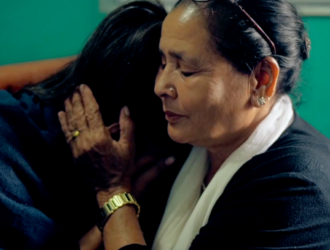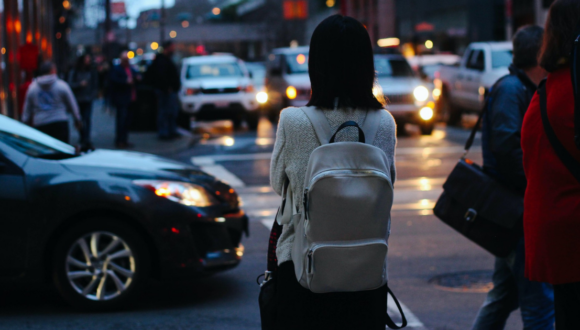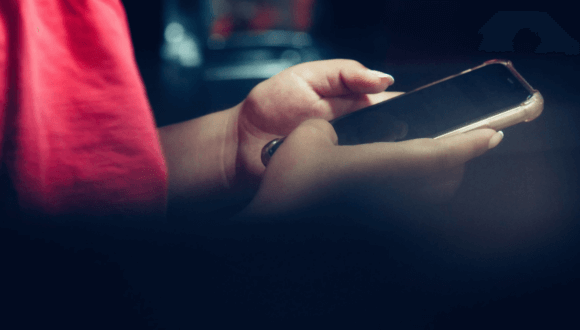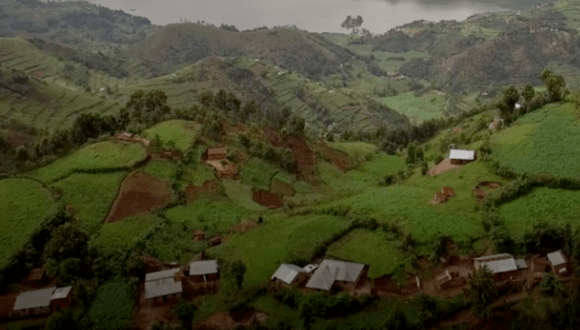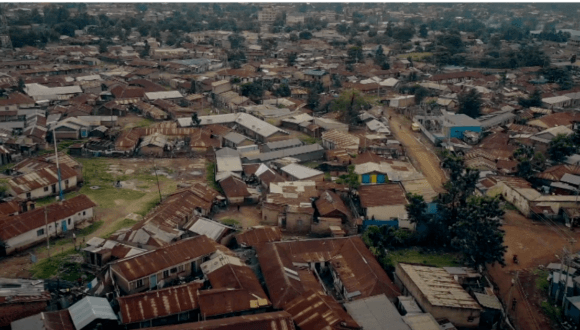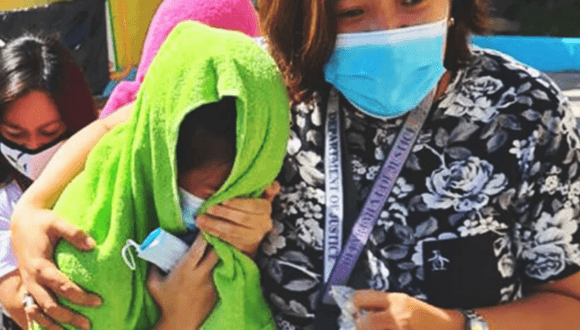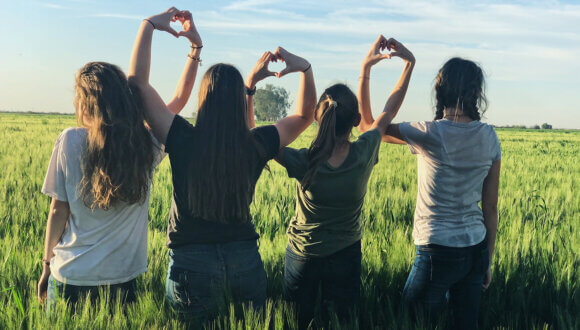Child Sex Trafficking
One of the world’s largest and darkest enterprises
the facts
Over 1 million
children are exploited by commercial sexual exploitation
59%
of children trafficked are from the Asia Pacific region
$99 billion
is generated by sex traffickers each year – that’s average of $11 million every hour
The truth about human trafficking
What is human trafficking?
Human trafficking is a crime in which people enter into forced labor, sexual slavery or commercial sexual exploitation by means of fraud, coercion or force. The US Justice Department’s definition of human trafficking also includes any sexual exploitation of a minor “regardless if any form of force, fraud or coercion was used.”
During their abuse, victims’ bodies are rented to individuals wanting to act out depraved sexual fantasies and/or exert control over vulnerable individuals. In cases of labor trafficking, greedy individuals receive cheap or free labor from their victims.
Who can become a victim of human trafficking?
All people are susceptible to trafficking because we all have vulnerabilities. Traffickers prey on these vulnerabilities, whether they’re socioeconomic, psychological or physical in nature. Traffickers typically are a friend, family member or acquaintance. These cunning individuals offer a vulnerable person a false job, friendship or fake marriage proposal to lure them under their control. Sadly, the innocent and trusting nature of children can make them particularly vulnerable to their abusers, and children in extreme poverty are common targets for traffickers.
Where does human trafficking take place?
Human trafficking occurs in all countries around the world and can occur in any setting. It is a common misconception that trafficking involves smuggling or transporting an individual to another area by an organized criminal gang. Many trafficking victims lead what appears to others as normal lives and suffer in silence while daily going to their workplace where they suffer terrible abuse by their perpetrators.
Other victims’ exploitation may be recorded and sold online in places you expect they would be safe, such as their own home. Traffickers are, more often than not, not part of an organized crime syndicate.
Is human trafficking really that big of a problem?
In the 1990s, law enforcement entities began to realize the existence of this criminal enterprise, and only since the year 2000 has the Trafficking Victims Protection Act existed to protect individuals from trafficking crimes. Much progress has occurred in combating trafficking since that time, but much progress still needs to be made.
In 2022, the International Labour Organization (ILO) reported that 1 in 150 individuals is a victim of human trafficking—or nearly 50 million people today. Approximately 3.3 million of these individuals are children trapped in sex or labor trafficking. With the rise in online exploitation, it is likely that there are far more children being trafficked than realized due to underreporting.
What fuels human trafficking?
Greed and the brokenness of this world create the demand and a cycle for human trafficking. Sadly, traffickers view people merely as “products.” Many criminals have transitioned to human trafficking from other crimes because, unlike other illegal forms of generating revenue, the “product” can be sold over and over.
Often lacking education, a means to make a living, and sometimes being forced by their trafficker, many traffickers were also once victims themselves who transitioned to now abusing others, continuing the cycle of exploitation.
In some cases, victims are trapped in a survival trafficking situation without having a trafficker. These desperate individuals lack other means to earn an income and offer themselves to be abused for payment to afford basic necessities such as food and shelter.
Not everything online should be for sale
The expansion of internet access around the globe has led to children spending more time online. Predators are spending more time there, too.
Hiding behind the mask of fake names, photos and profiles, predators are gaining access to vulnerable children, and the consequences are devastating.
In 2020, Destiny Rescue expanded our rescue efforts to reaching children abused through the Online Exploitation of Children (OSEC). Learn how we’re giving a helping hand to children being exploited via the dark corners of the internet.
Learn from brave survivors
Learn more
“We only have two choices: do nothing, or do something.”
– Tony Kirwan, Destiny Rescue Founder & International CEO
Anyone can use their gifts, talents and resources, to rescue children.
Do Something

 Australia
Australia New Zealand
New Zealand United Kingdom
United Kingdom

